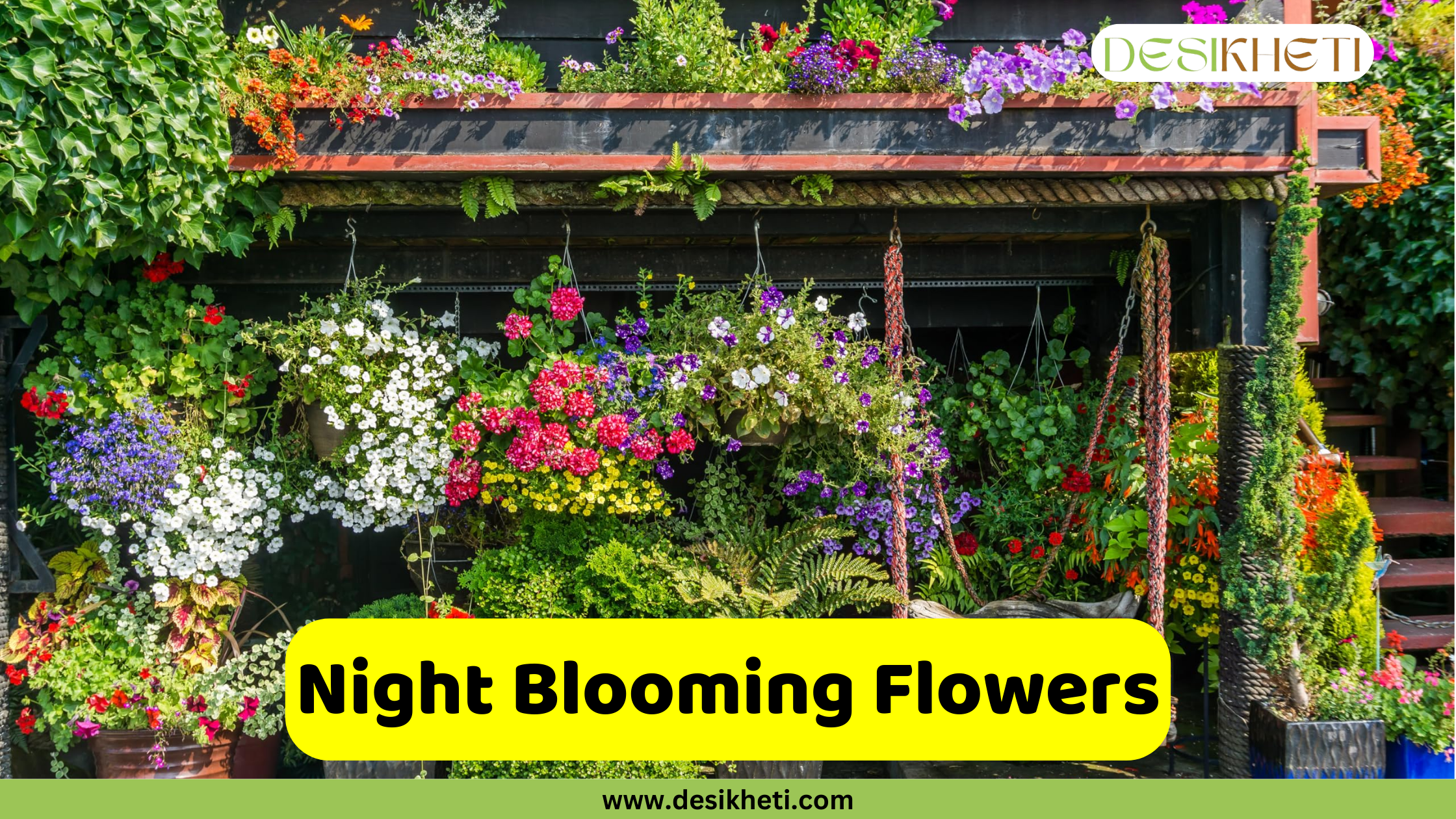Table of Contents
Introduction
Some of nature’s most magical blooms come alive after dusk. These night-blooming flowers not only fill the evening air with mesmerizing fragrances but also create a glowing, dreamlike atmosphere in moonlit gardens. Whether you’re designing a moon garden, attracting nighttime pollinators, or simply wanting to enjoy their ethereal beauty, night-blooming plants add elegance, aroma, and uniqueness to any outdoor space.
From sacred Himalayan blooms to tropical wonders, these flowers are adapted to cooler evening temperatures, often releasing beautiful fragrances that attract nocturnal insects like moths and bats. Want to add these night-blooming flowers to your garden? Then you are at the right place. In this blog, we have discussed 19 of the best night-blooming flowers.
So, without further delay, let’s dive into the blog.
18 Best Night-Blooming Flowers
Brahma Kamal

Botanical Name: Saussurea obvallata
Brahma Kamal is a sacred and rare flower that blooms at night, primarily in the Himalayan region. The flower is white in colour and emits a mild, calming fragrance. It blooms only once a year and prefers cool climates with well-drained soil and indirect sunlight.
Uses and Benefits:
- Revered in Hindu rituals and offered to deities
- Considered auspicious and believed to bring good luck
Night Blooming Jasmine
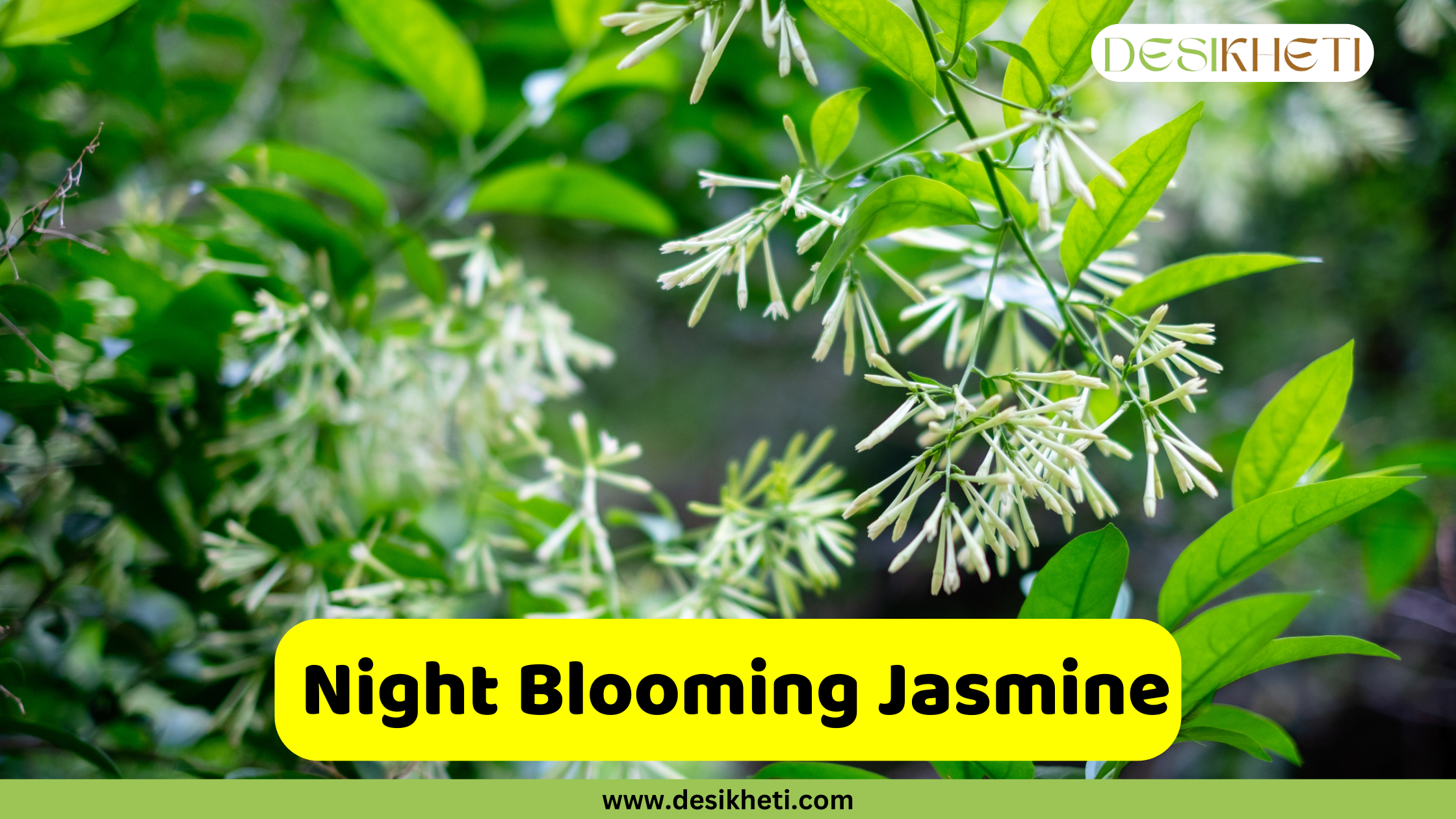
Botanical Name: Cestrum nocturnum
Night Blooming Jasmine, also called Raat ki Rani in India, is a tall, woody shrub with clusters of tubular, creamy-white flowers. These flowers are intensely fragrant at night and attract moths and other nocturnal pollinators. The plant grows well in tropical and subtropical climates, prefers full to partial sunlight, and thrives in fertile, well-drained soil.
Uses and Benefits:
- Suitable for night gardens due to its strong aroma
- Attracts moths and other nighttime pollinators
Moonflower
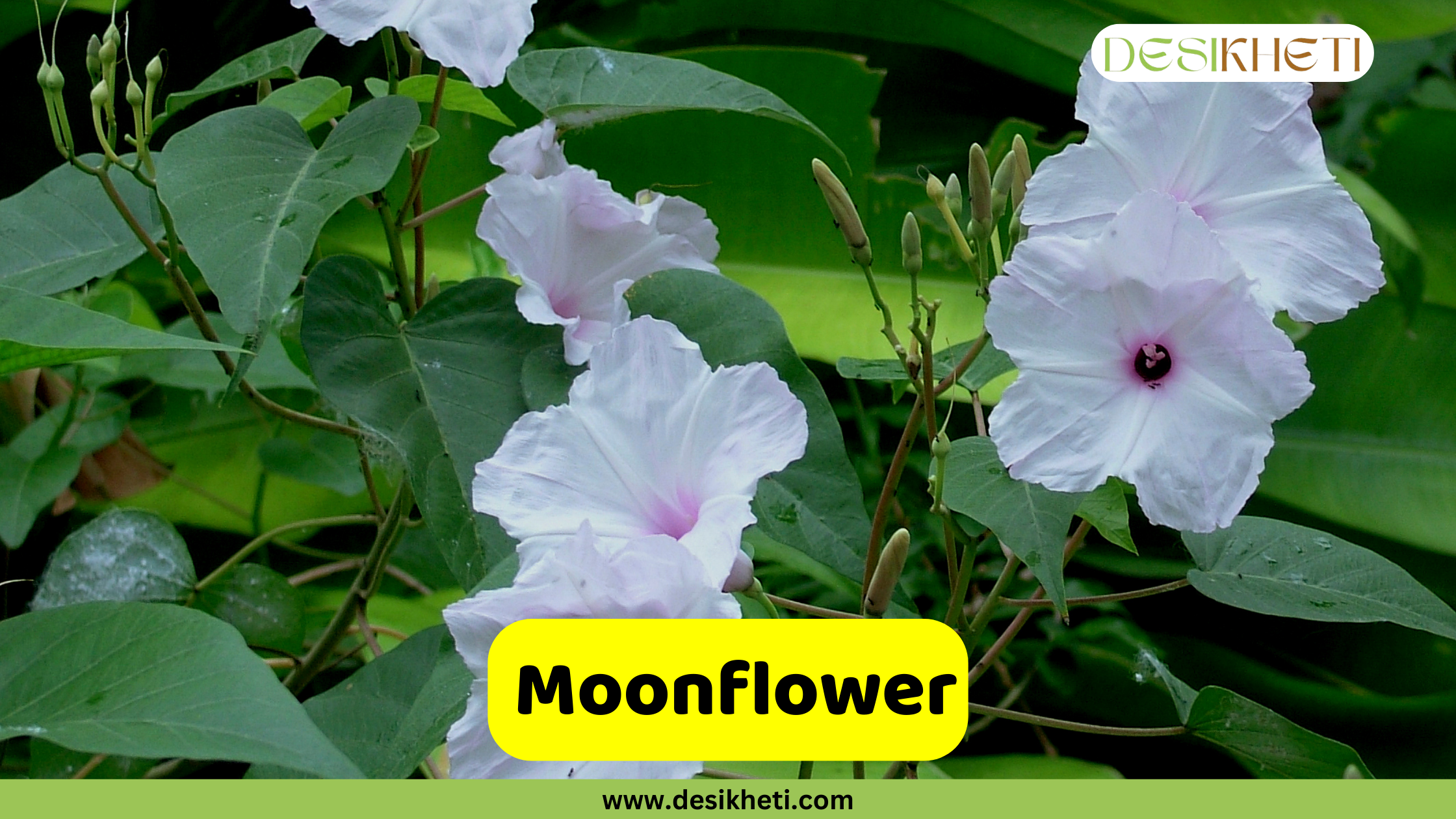
Botanical Name: Ipomoea alba
The Moonflower is a fast-growing vine known for its large, white, trumpet-shaped flowers that unfurl in the evening. The blooms glow under moonlight and emit a pleasant, sweet scent. They thrive in warm climates and in moist, well-drained soils.
Uses and Benefits:
- Ideal for trellises, fences, and arbors
- Enhances the beauty and aroma of night gardens
- Attracts nocturnal pollinators
Tuberose
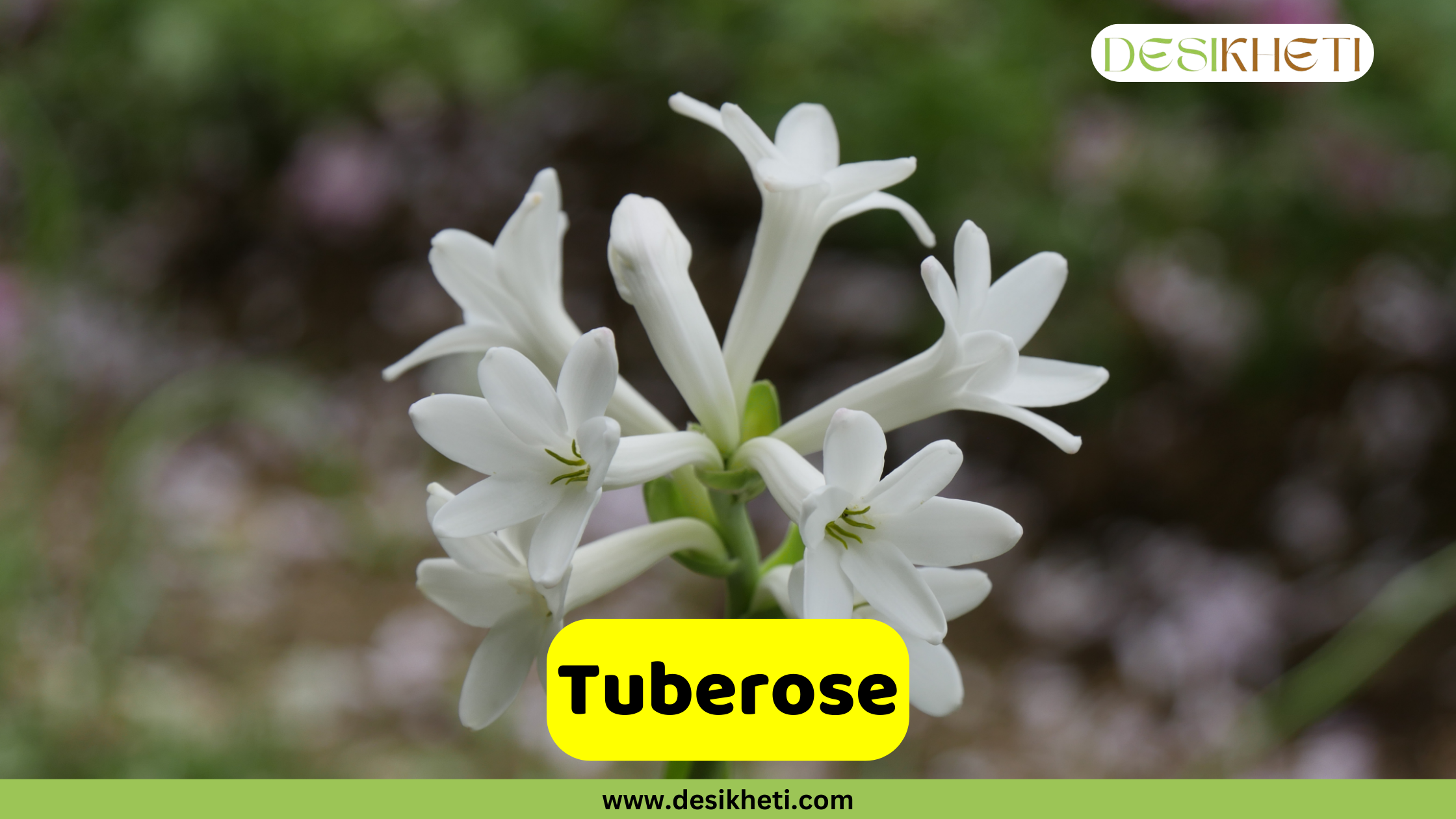
Botanical Name: Polianthes tuberosa
Tuberose is a perennial plant valued for its tall spikes of white flowers and intense, exotic fragrance. The blooms open gradually in the evening and remain fragrant throughout the night. Tuberose thrives in warm climates, prefers full sun, and needs well-drained sandy or loamy soil.
Uses and Benefits:
- Widely used in perfumes and garlands
- Popular in Indian weddings and religious ceremonies
Queen of the Night
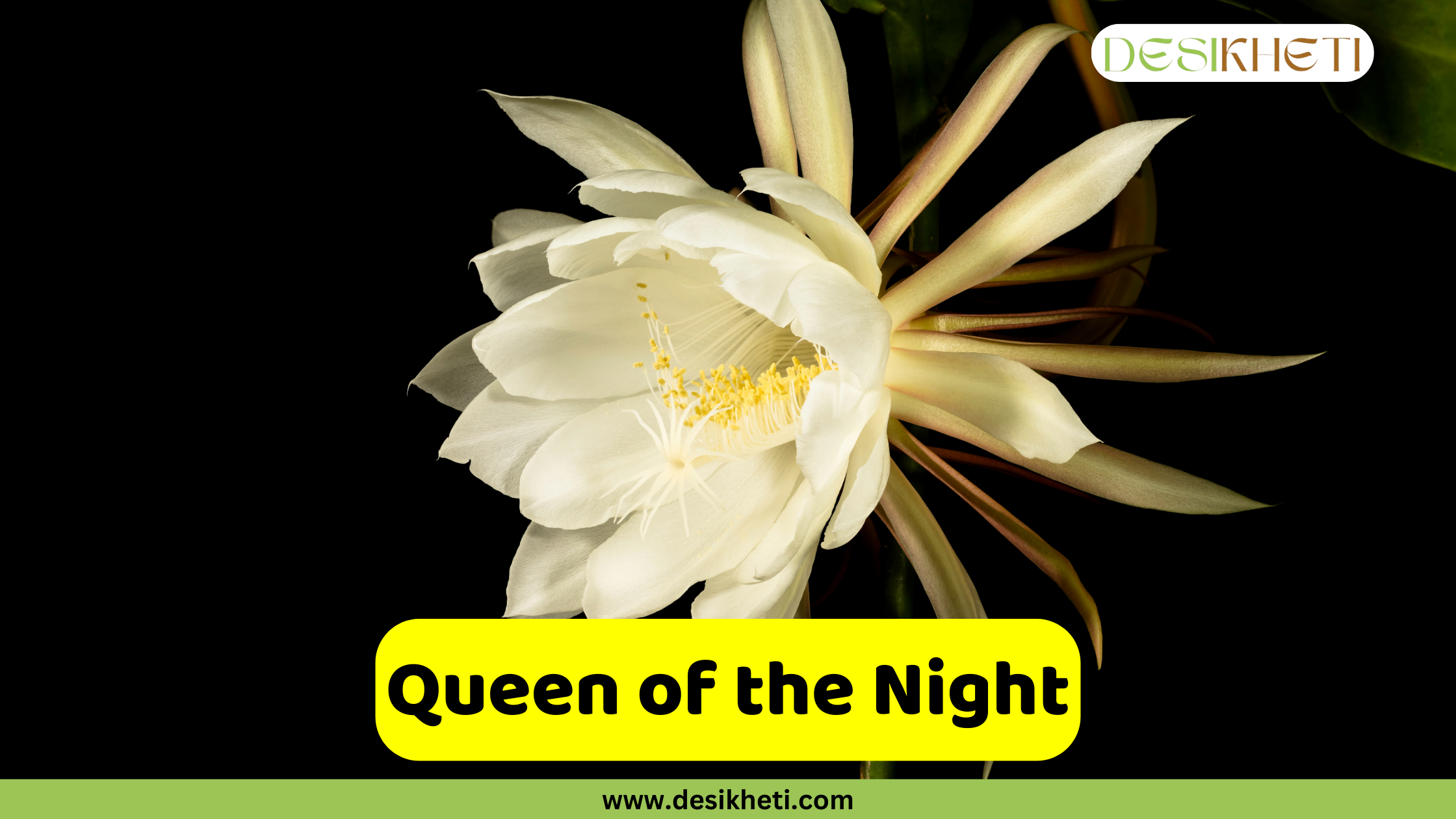
Botanical Name: Epiphyllum oxypetalum
Also known as the Dutchman’s Pipe Cactus or Princess of the Night, this cactus produces large, white, star-shaped blooms with a powerful, sweet fragrance. It thrives in warm, humid climates with filtered sunlight and well-drained, organically rich soil.
Uses and Benefits:
- Considered a symbol of luck and positivity
- Popular as an ornamental plant for balconies and patios
Four O’Clock Flower

Botanical Name: Mirabilis jalapa
Also known as Gul Abas, the Four O’Clock Flower is famous for its multicoloured blooms that open in the late afternoon and remain open throughout the night. The flowers come in red, pink, yellow, and white hues. It grows well in warm climates with full sunlight and moderately fertile, well-drained soil.
Uses and Benefits:
- Adds vibrant colours to night gardens
- Attracts moths and other pollinators
Evening Primrose

Botanical Name: Oenothera biennis
Evening Primrose is a wildflower with bright yellow blooms that open at dusk and fade by morning. The flowers have a light, lemony scent. This hardy plant grows best in temperate climates, prefers full sun, and adapts well to sandy or gravelly soils.
Uses and Benefits:
- Attracts pollinators such as bees and moths
- Low maintenance
Night Phlox
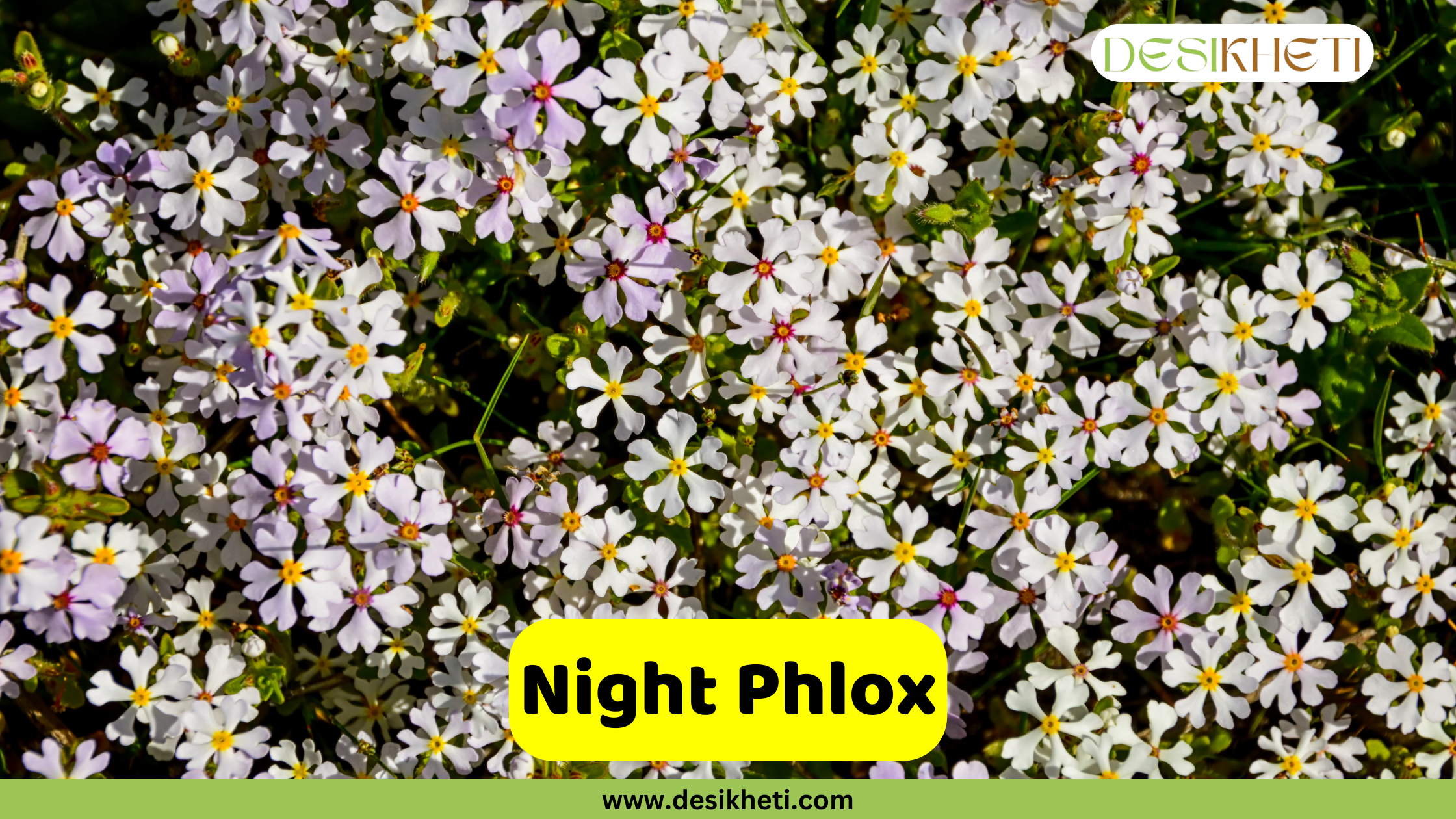
Botanical Name: Zaluzianskya capensis
Also known as Midnight Candy, Night Phlox produces clusters of small, star-shaped flowers that are white with purple undersides. These blooms release a sweet vanilla-honey scent after dusk. The plant thrives in cool to temperate climates with full sun and well-drained soil.
Uses and Benefits:
- Excellent for borders
- Emits a strong fragrance during nighttime
- Attracts night pollinators
Night Gladiolus
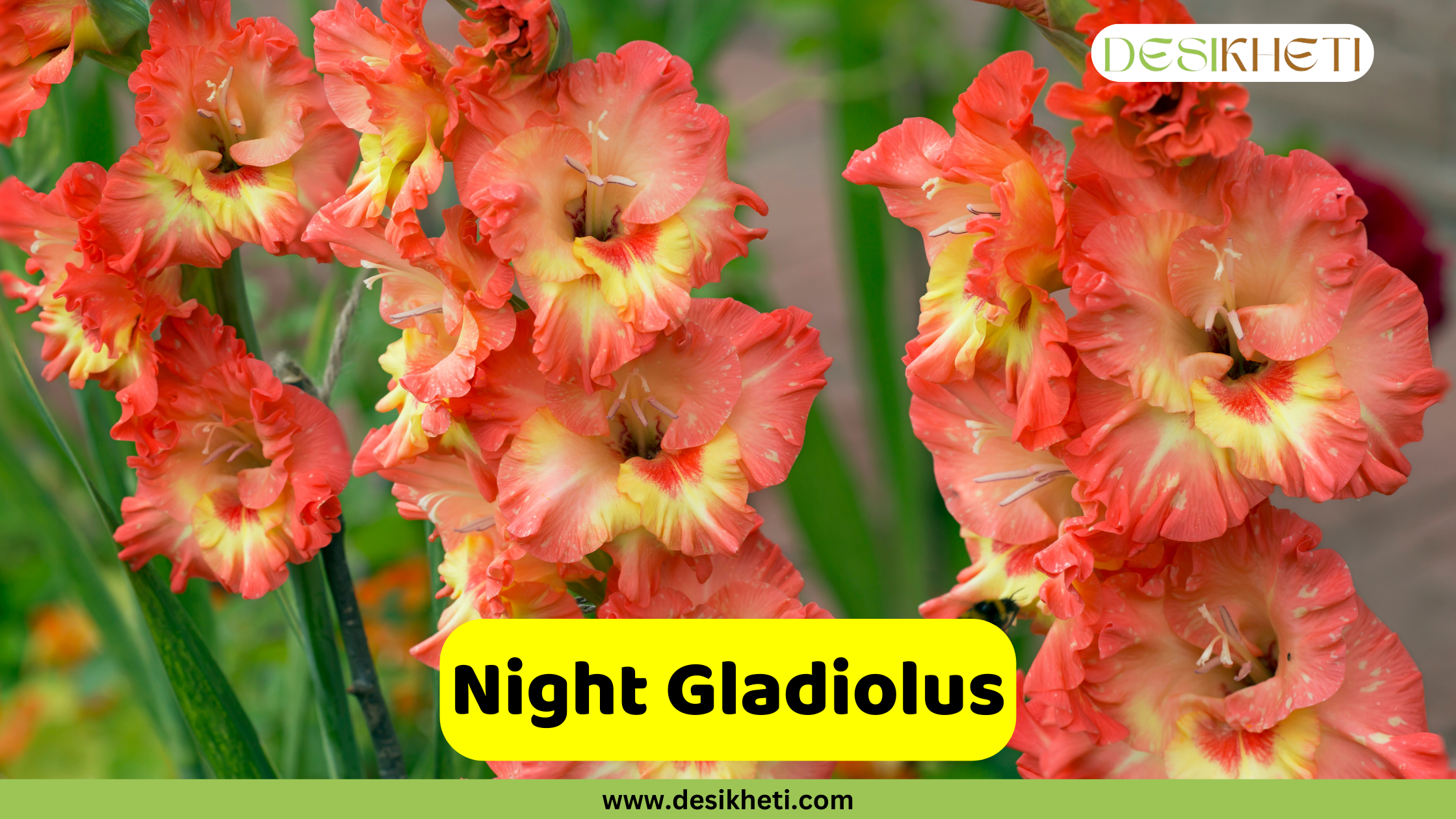
Botanical Name: Gladiolus tristis
The Night Gladiolus has creamy-yellow flowers with a strong, spicy scent that intensifies at night. This plant thrives in mild coastal climates, prefers full sun, and grows best in fertile, well-drained soils.
Uses and Benefits:
- Adds a unique fragrance
- Used as a cut flower for floral arrangements
Casablanca Lily
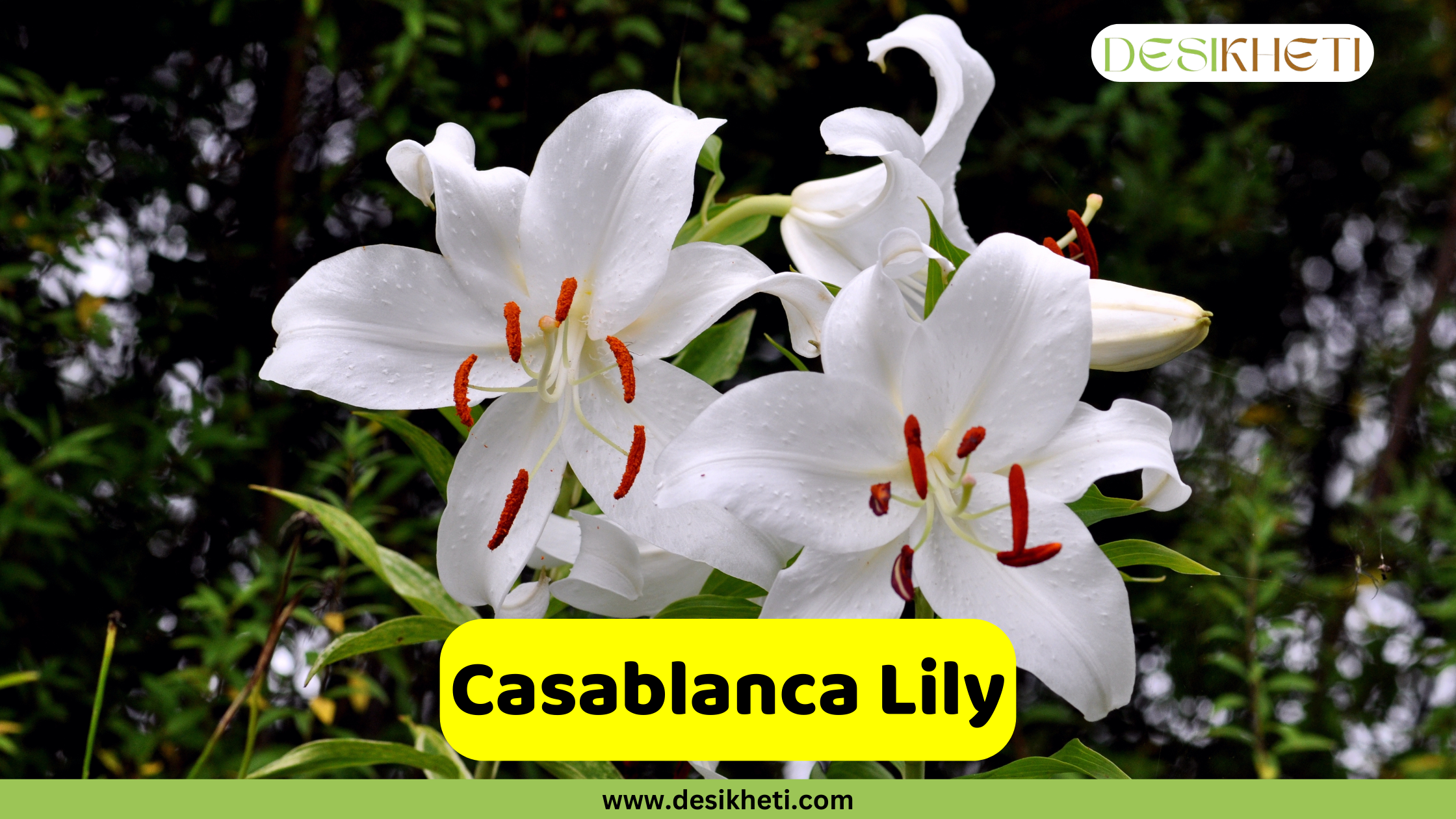
Botanical Name: Lilium ‘Casa Blanca’
The Casablanca Lily is a large, elegant white lily with a powerful, sweet fragrance. The blossoms open gradually in the evening, and the fragrance becomes more prominent at night. This plant prefers temperate climates, partial sunlight, and moist, well-drained loamy soil.
Uses and Benefits:
- Popular in bouquets and ceremonial arrangements
- Fills the garden with an exotic evening aroma
- Symbol of purity and celebration in various cultures
Harsingar
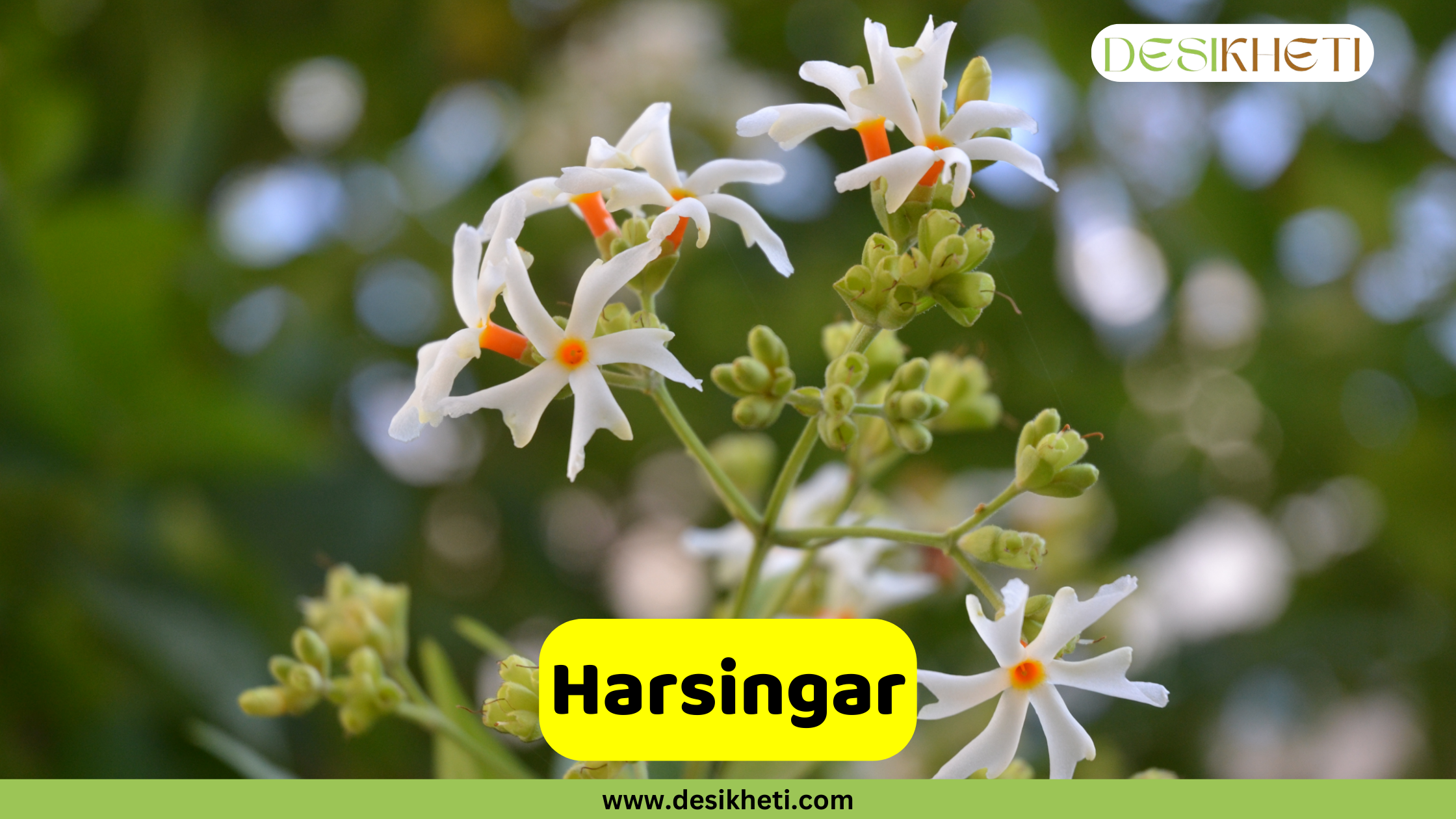
Botanical Name: Nyctanthes arbor-tristis
Also known as Parijat or Night Jasmine, Harsingar is a small ornamental tree admired for its white, star-shaped flowers with bright orange stalks. It blooms in the early evening, and its soft, jasmine-like fragrance makes it a favourite in Indian gardens and temples. It thrives in warm climates with full to partial sunlight and prefers well-drained loamy soil with moderate watering.
Uses and Benefits:
- Used in religious rituals and temple offerings
- Enhances nighttime garden aesthetics with its scent and fallen flowers
Dragon Fruit Flower

Botanical Name: Hylocereus undatus
This giant, white, fragrant bloom lasts for only one night before turning into the dragon fruit. It prefers warm tropical climates, full sun, and sandy or loamy soil with good drainage.
Uses and Benefits:
- Produces edible fruit
- Attracts pollinators
- Offers exotic visual appeal and a nutritious fruit source
Night Blooming Water Lily
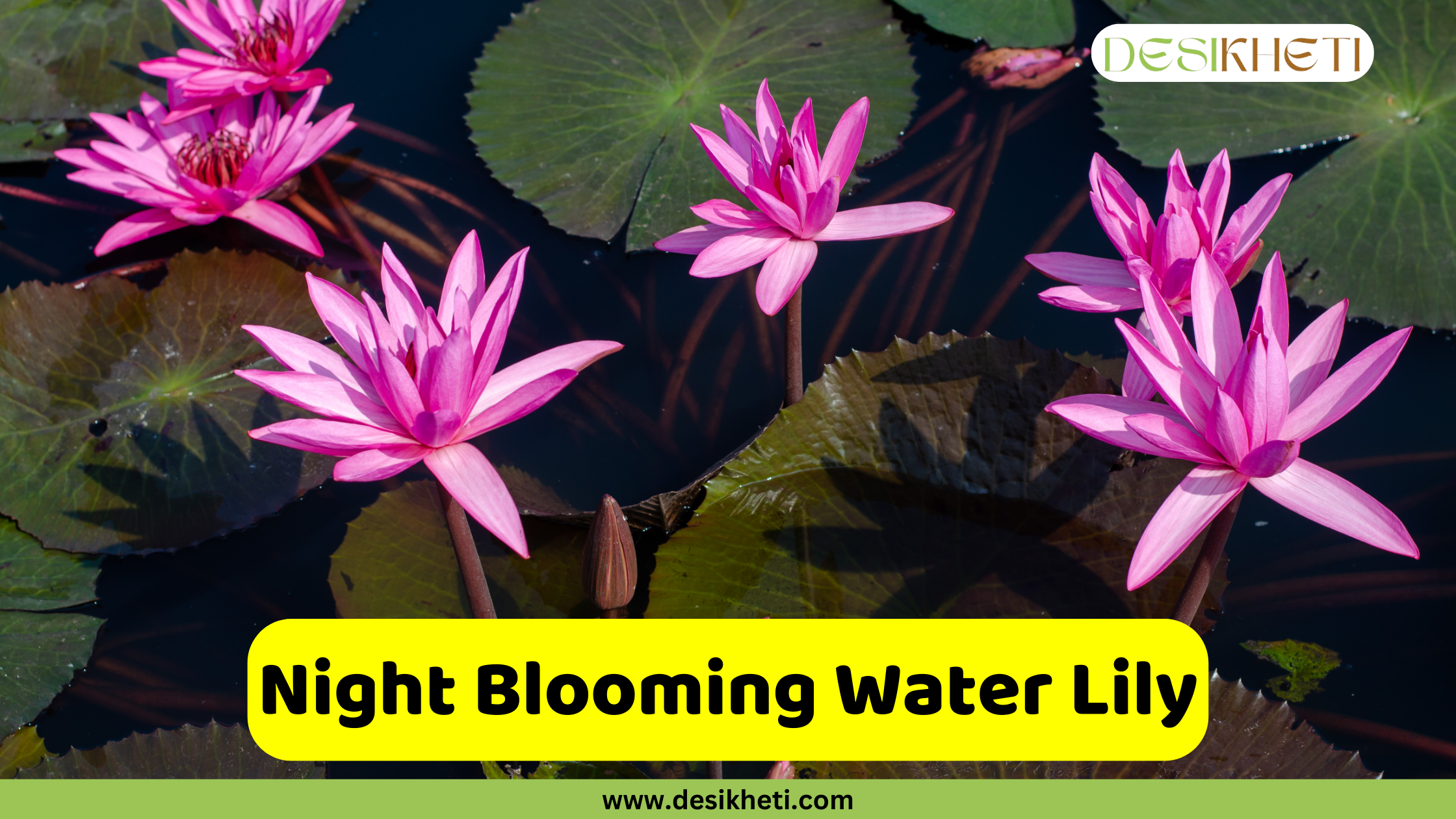
Botanical Name: Nymphaea lotus
The Night Blooming Water Lily is an aquatic flower that opens its fragrant white petals after sunset and closes by morning. The flower floats gracefully on the water’s surface, creating a serene and mystical ambiance in ponds and water gardens. It blooms in warmer months and thrives in still, fresh water with full to partial sunlight and nutrient-rich loamy or clayey soil.
Uses and Benefits:
- Beautifies water gardens and ornamental ponds
- Provides shelter for aquatic life
Night Blooming Hesperis

Botanical Name: Hesperis matronalis
Commonly called Dame’s Rocket, Hesperis matronalis is a fragrant biennial or short-lived perennial. Although it opens during the day, its scent becomes strongest at night, making it a favourite in gardens. The flowers, usually lilac, violet, or white, appear in clusters on tall, leafy stems from late spring to early summer. It thrives in cool to moderate climates with full sun to partial shade and moist, well-drained soil.
Uses and Benefits:
- Attracts moths and nighttime pollinators
- Adds beauty to wildflower gardens, borders, and cottage gardens
Spider Lily
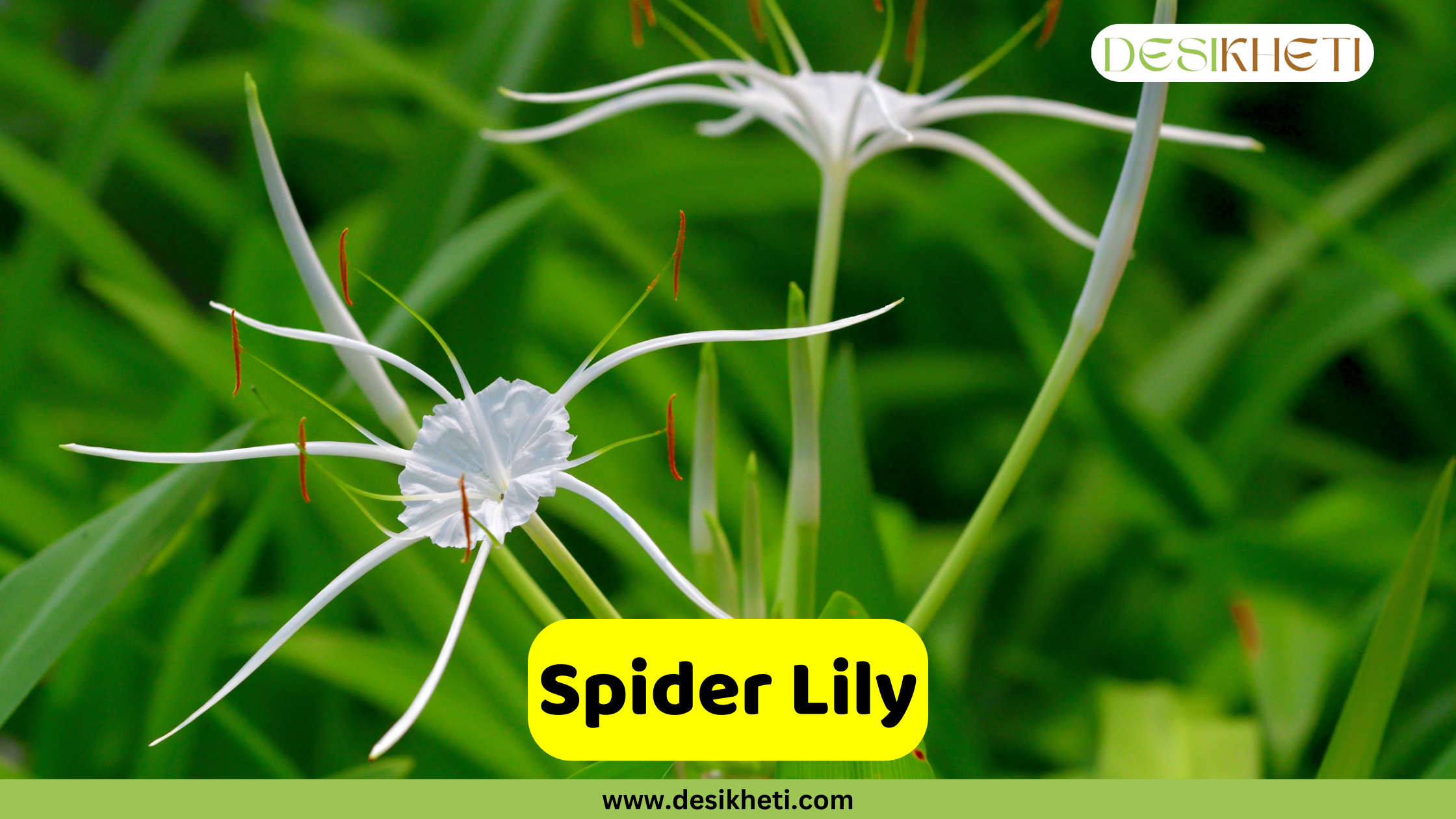
Botanical Name: Hymenocallis littoralis
The Spider Lily has narrow, white, spidery petals and a strong, sweet fragrance. The flowers typically open in the evening and continue blooming overnight. It is well-suited for tropical gardens and coastal areas, thriving in warm, humid climates with full sun to partial shade and moist, well-drained soil.
Uses and Benefits:
- Known for its ornamental value in water features and borders
- Used in traditional medicine in some cultures
Chocolate Flower

Botanical Name: Berlandiera lyrata
The Chocolate Flower gets its name from its rich, chocolatey scent, released into the night air. The flowers open in the morning but emit their strongest scent at night and early morning, so it is not considered a true night-blooming plant. It thrives in full sun and sandy or rocky soil with low water needs.
Uses and Benefits:
- Natural pest repellent
- Attracts pollinators
- Ideal for dry gardens and butterfly habitats
Night Scented Stock
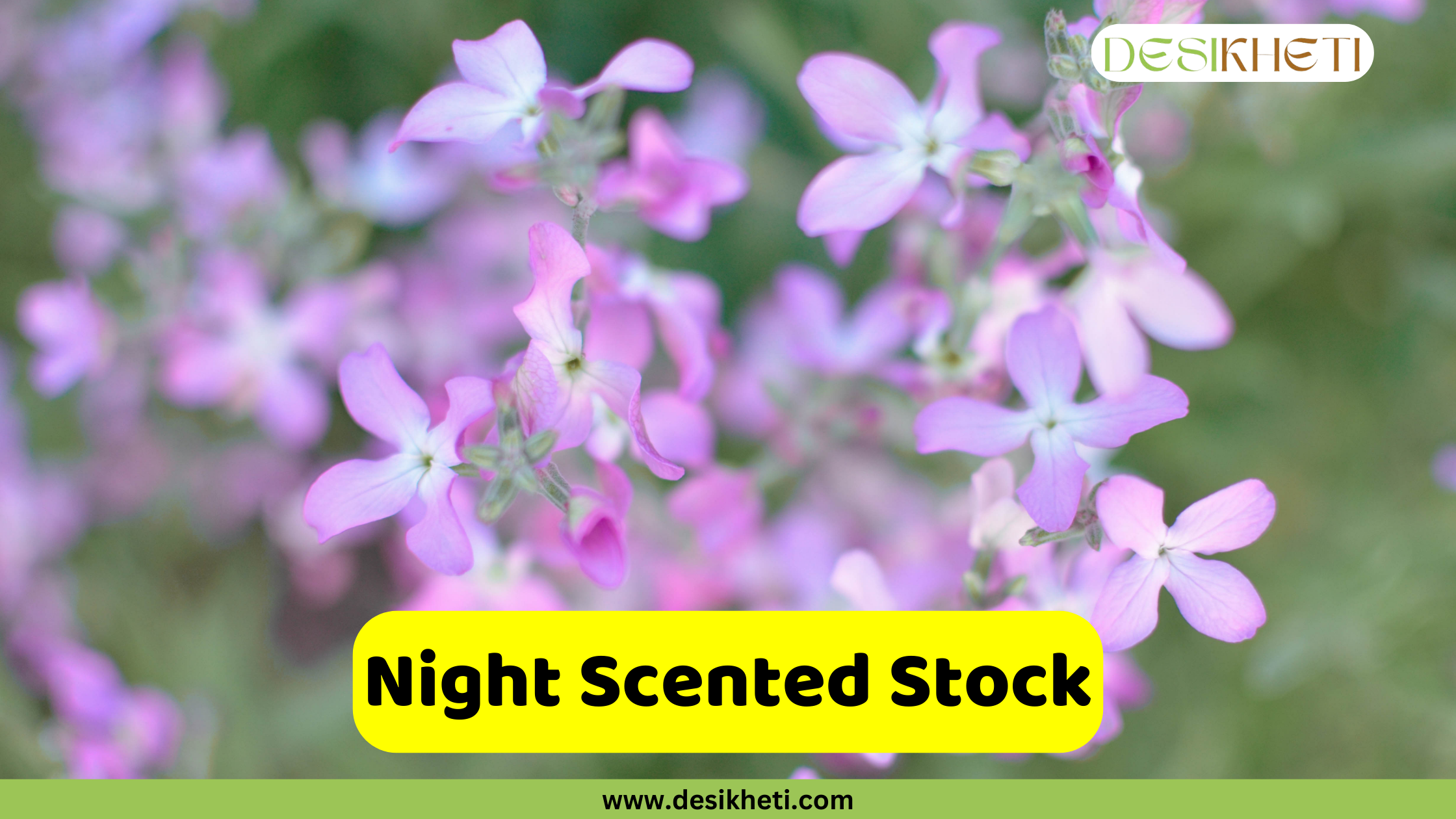
Botanical Name: Matthiola longipetala
Night Scented Stock is a delicate flowering plant that releases a heady, clove-like fragrance at night. The flowers are small, pale pink to lilac, and open fully in the evening. It grows well in cooler climates, preferring full sun to partial shade and well-drained soil enriched with compost.
Uses and Benefits:
- Fills patios and balconies with nighttime fragrance
- Great for planting near windows and seating areas
- Easy to grow and low-maintenance
Nicotiana

Botanical Name: Nicotiana alata
Also known as Flowering Tobacco, Nicotiana is a graceful plant with tubular white, pink, or greenish flowers that open in the evening and release a strong, sweet scent. It blooms mainly in summer and thrives in full sun or partial shade with moist, fertile, well-drained soil.
Uses and Benefits:
- Highly fragrant night garden flower
- Attracts hummingbirds, moths, and bees
Growing Tips for Night-Blooming Flowers
- Location Matters: Choose spots with plenty of sunlight during the day but protect them from harsh midday heat. Most night bloomers need energy from daylight to prepare for evening blooms.
- Soil and Drainage: Use fertile, well-drained soil enriched with organic matter.
- Fragrance Planning: Position highly fragrant varieties (like Tuberose or Gardenia) near seating areas, balconies, or bedroom windows to enjoy their scent.
Night-blooming flowers are more than just botanical curiosities; they’re living poetry under the stars. From their fleeting beauty to their cultural significance and medicinal value, they add a magical dimension to any garden. Whether you’re a spiritual seeker drawn to Brahma Kamal, a fragrance lover enchanted by Night Jasmine, or a garden enthusiast wanting to surprise guests with moonlit blooms, these flowers offer something truly extraordinary.
FAQs on Night-Blooming Flowers
1. What are the interesting facts about Brahma Kamal?
A. Brahma Kamal is a rare Himalayan flower that blooms only once a year, usually at night, and is considered sacred in Hindu mythology.
2. What is special about Brahma Kamal?
A. Its unique feature is that it blooms for just a few hours at night and wilts by morning, making it a symbol of purity and rarity.
3. What is special about night-blooming jasmine?
A. Night-blooming jasmine releases a strong, sweet fragrance in the evening, attracting moths and other night pollinators.
4. What time does night-blooming jasmine bloom?
A. Its flowers usually open after sunset and remain fragrant until dawn.
5. What are some cool facts about moonflowers?
A. Moonflowers open in the evening, have large white blooms, and emit a sweet fragrance that attracts night pollinators.
6. What are some interesting facts about tuberose?
A. Tuberose is a tropical plant famous for its strong, sweet scent and is widely used in perfumes.
7. Why is tuberose not flowering?
A. Common causes include insufficient sunlight, overwatering, or nutrient deficiencies.
8. What are some interesting facts about the Queen of the Night?
A. It is a type of cactus that blooms only once a year, at night, with large fragrant flowers.
9. Where do four o’clocks grow best?
A. They thrive in warm climates with full sun and well-drained soil.
10. What does the 4 o’clock flower symbolize?
A. It symbolizes beauty, mystery, and the passage of time.
11. What is the use of night phlox?
A. Night phlox produces fragrant flowers for night gardens and attracts moths.
12. How to grow night-blooming phlox?
A. Plant in full sun to partial shade with rich, well-drained soil.
13. How to prevent gladiolus from falling?
A. Stake the stems or plant them in sheltered locations to protect from wind.
14. What are the benefits of the gladiolus flower?
A. Gladiolus adds vibrant color to gardens and is popular for floral arrangements.
15. What are common Casablanca lily problems?
A. Common issues include fungal diseases, pests, and bulb rot from overwatering.
16. What does a Casablanca lily symbolize?
A. It symbolizes purity, celebration, and elegance.
17. What are the special features of Harsingar?
A. Harsingar has fragrant white flowers with orange stalks and is used in Hindu rituals as an offering to God.
18. Why are my dragon fruit flowers dying?
A. Causes may include poor pollination, temperature stress, fungal disease, or other factors.
19. What are some interesting facts about water lilies?
A. Water lilies can regulate water temperature and provide shelter for aquatic life.
20. What causes flowers to bloom at night?
A. Adaptations for attracting nocturnal pollinators, avoiding heat stress, circadian rhythm, and protection from competition and predators are a few factors that cause night blooming.
21. How does spider lily spread?
A. Spider lilies spread vegetatively through underground bulbs and offsets.
